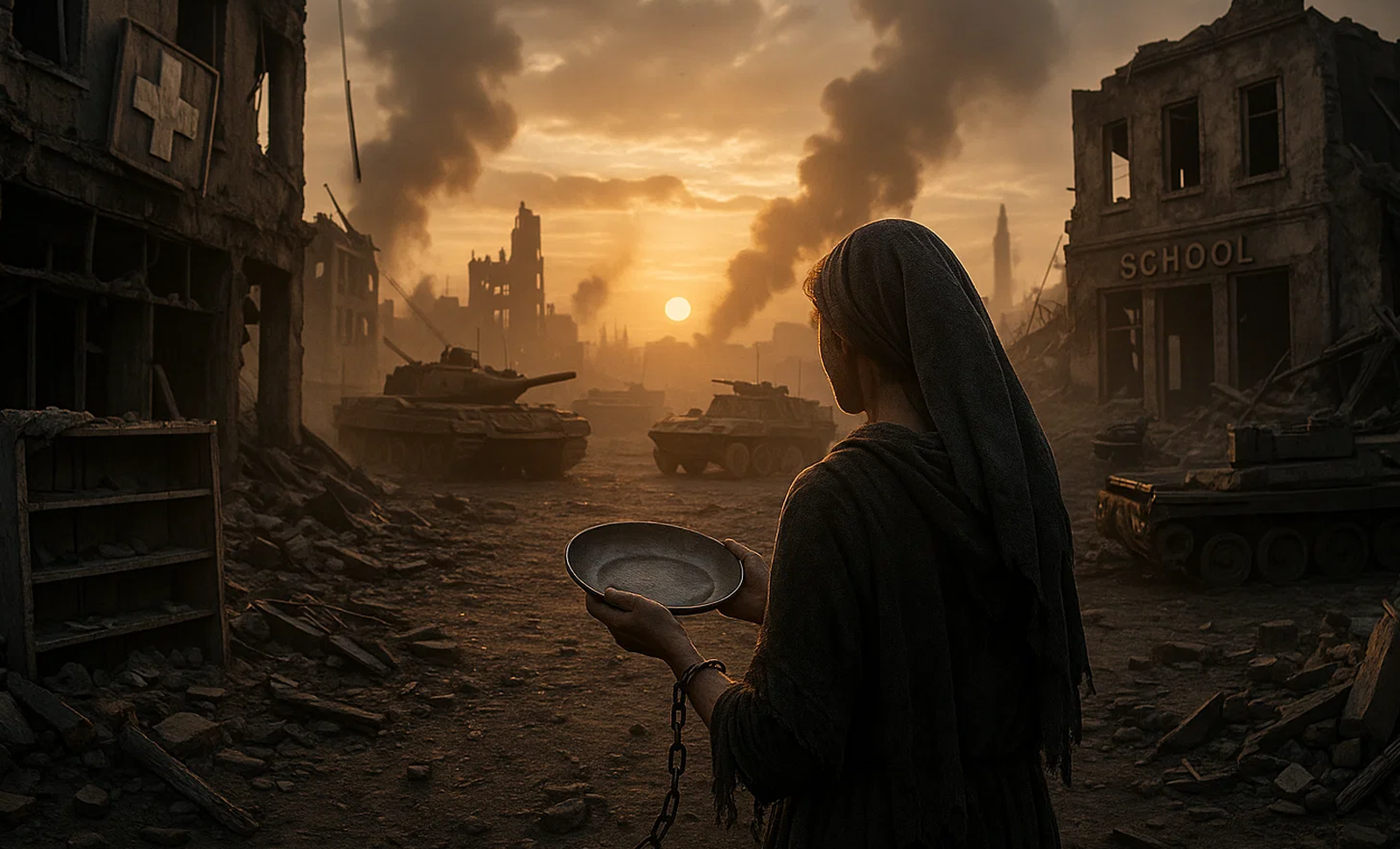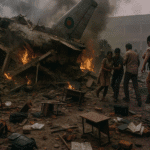United Nations Secretary-General António Guterres delivered a sobering message this week: the world is failing in its mission to achieve the Sustainable Development Goals (SDGs), and ongoing conflicts are at the heart of that failure. In his address to the High-Level Political Forum on Sustainable Development, Guterres warned that nearly half of SDG targets are progressing too slowly, and almost a fifth are actually regressing. Just 35% are considered on track, an alarming figure with just five years remaining to meet the 2030 deadline.
While climate change and inequality continue to challenge global development efforts, Guterres placed war front and center as the most immediate threat. “Let’s not beat around the bush”, he said, making clear that conflict is decimating the foundational conditions required for sustainable progress. In his sharpest remarks, he condemned the killings of civilians seeking aid in Gaza, calling such actions “atrocious and inhumane”, and reaffirmed that a ceasefire is not merely a diplomatic goal but a prerequisite for survival and recovery.
Gaza: A Collapse of Human and Developmental Systems
Gaza is emblematic of how war obliterates development. Over 38,000 Palestinians have reportedly been killed since the conflict intensified in October 2023, with a staggering number of them civilians and thousands of them children. The destruction has not only targeted lives, but the very systems that sustain them. Hospitals have been leveled, food distribution has been restricted, and clean water is virtually non-existent. The UN’s own agencies report that more than half of Gaza’s population is at imminent risk of famine.
These aren’t collateral damages; they’re the collapse of social infrastructure that decades of international development tried to build. Children in Gaza are not just dying—they are being denied education, stability, nutrition, and a future. This is development turned inside out. Guterres’ outrage over the targeted killings near aid distribution sites isn’t simply a condemnation of violence; it is a declaration that the international system is unraveling where it is needed most.
The Broader Cost of Conflict on Development
From Sudan to Ukraine, the Sahel to Myanmar, war has paralyzed progress across continents. Guterres argued that without peace, there is no sustainable development because conflict undercuts every vector of growth. Health systems collapse under bombings. Schools are shuttered. Food supply chains break. Economic infrastructure is destroyed, and trust in governance erodes. He framed this not as a humanitarian issue alone, but as an existential challenge to the multilateral order that underpins development financing and coordination.
This is not a new observation, but it is one that has gained urgency. In 2015, when the SDGs were adopted, the world had a far more stable geopolitical landscape. Today, wars have not only increased in number, but in scale and intensity. Humanitarian corridors are being denied, aid workers are targeted, and international law is flagrantly ignored in several ongoing conflicts. The result is a reversal of decades of progress in countries that were once considered development success stories.
The U.S. and the Fragility of the Global Development Order
The United States, as both a major funder of global development and the most influential actor in international diplomacy, finds itself in a deeply contradictory position. Washington continues to be a principal driver of SDG financing through institutions like USAID and the World Bank. Yet at the same time, U.S. military aid and foreign policy are increasingly implicated in the very conflicts Guterres says are driving SDG failure.
Nowhere is this tension more acute than in Gaza. The Biden administration has approved billions in military assistance to Israel since the start of the current war, while simultaneously calling for restraint and supporting humanitarian efforts through UNRWA and other agencies. This dual-track policy raises difficult questions: Can the United States truly support global development if it funds and arms one side of a war that the UN says is annihilating a civilian population?
U.S. officials defend their approach by citing Israel’s right to self-defense and emphasizing humanitarian commitments. However, as the death toll climbs and starvation sets in, the credibility of this balance becomes increasingly tenuous. If the U.S. wants to preserve its status as a global development leader, it must confront the contradictions between its military alliances and its development pledges.
Development as Peacebuilding, Not Post-Conflict Recovery
One of Guterres’ core arguments was that sustainable development must no longer be treated as a post-conflict activity. It must be seen as peacebuilding itself. That means integrating ceasefire advocacy, arms control, and civilian protection directly into the SDG framework. It also means rethinking development financing, not as charity, but as geopolitical strategy.
In this context, the role of the United States becomes even more pivotal. It controls significant voting power in institutions like the IMF and the World Bank. It has the diplomatic reach to mediate ceasefires or pressure parties toward negotiation. But if Washington continues to compartmentalize development and security, it may find itself funding SDGs in one country while destabilizing another.
The Price of Inaction
The implications of ignoring Guterres’ warning are stark. Development failure doesn’t just mean more poverty or hunger. It means fragile states become failed ones, refugee flows destabilize neighboring regions, and extremism finds fertile ground. These are not distant problems. They are the upstream causes of the very crises (migration, terrorism, economic collapse) that frequently reach Western borders.
In essence, war is not just a moral failure. It is a structural one, and its effects ripple globally. The United States and other powers must recognize that development goals are not optional benchmarks. They are bulwarks against a more chaotic, divided, and violent future.
A Final Note: The SDGs Can’t Survive Endless War
As Guterres made clear, the SDGs are not abstract ideals. They are real commitments to lift billions out of suffering. But those goals will fail—categorically and catastrophically—if war continues to rage unchecked. Gaza is not an outlier. It is the warning.
If the U.S. and the international community are serious about development, they must be just as serious about peace. Otherwise, by 2030, the SDGs will stand not as a monument to global progress, but as a memorial to what might have been.

















